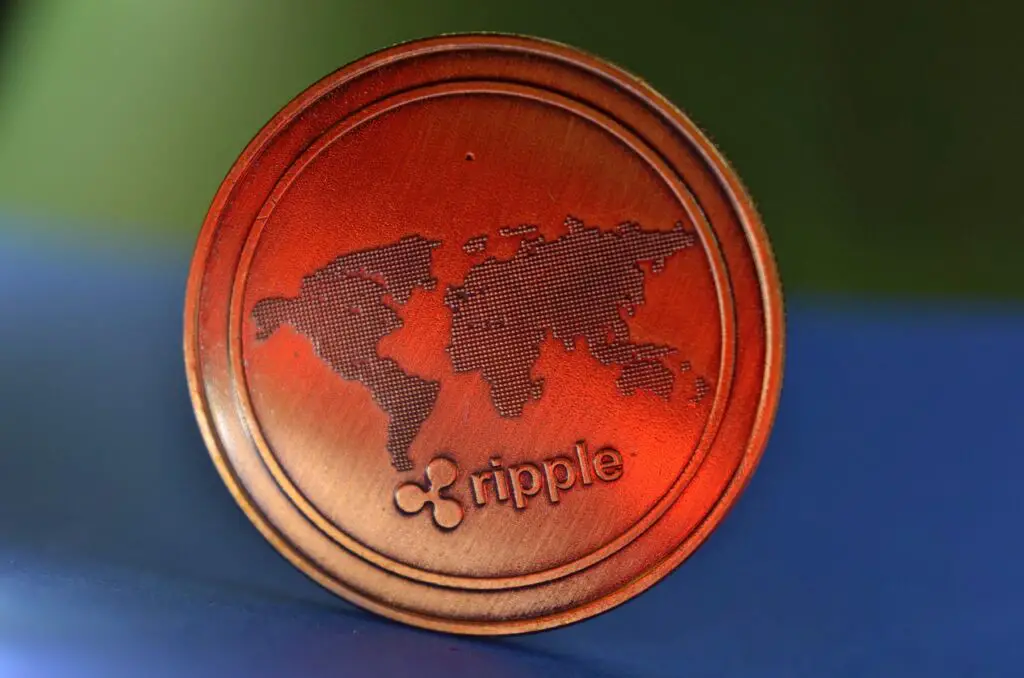XRP is a digital currency that was created by Ripple Labs in 2012. Ripple, on the other hand, is a San Francisco-based company that provides payment solutions to financial institutions. The two are often used interchangeably, but they are actually separate entities. In this article, we’ll take a closer look at the relationship between XRP and Ripple and how they function together in the world of cryptocurrency.
What is XRP?
XRP is a digital currency that operates on the XRP Ledger, which is a decentralized, open-source blockchain technology. It was created by Ripple Labs as a way to facilitate fast and secure transactions between financial institutions.
Unlike Bitcoin and other cryptocurrencies, which rely on proof-of-work consensus algorithms to validate transactions, XRP uses a unique consensus algorithm called the Ripple Protocol Consensus Algorithm (RPCA). This algorithm allows for fast and cheap transactions, with the ability to handle up to 1,500 transactions per second.
XRP can be used for a variety of purposes, including remittances, cross-border payments, and micropayments. It has gained popularity in recent years due to its fast transaction times and low fees.
What is Ripple?
Ripple is a payment solutions provider that was founded in 2012. Its primary goal is to provide faster, cheaper, and more secure payment solutions for financial institutions around the world. Ripple’s payment network, called RippleNet, allows financial institutions to transfer money instantly and at a lower cost than traditional payment methods.
Ripple’s products and services include xCurrent, xRapid, and xVia. xCurrent is a payment processing platform that allows banks to settle cross-border payments instantly. xRapid uses XRP as a bridge currency to facilitate cross-border payments, allowing for faster transaction times and lower fees. xVia is a payment interface that allows businesses to send and receive payments globally.
The Relationship Between XRP and Ripple
XRP is often associated with Ripple due to the fact that it was created by Ripple Labs. However, XRP and Ripple are separate entities with different functions.
XRP is a digital currency that can be used for a variety of purposes, including cross-border payments, micropayments, and remittances. It operates on the XRP Ledger, which is a decentralized blockchain technology that allows for fast and secure transactions.
Ripple, on the other hand, is a payment solutions provider that uses XRP as a bridge currency to facilitate cross-border payments. Ripple’s payment network, RippleNet, allows financial institutions to settle payments instantly and at a lower cost than traditional payment methods.
While XRP and Ripple are separate entities, they do have a symbiotic relationship. Ripple’s payment solutions rely on XRP as a bridge currency to facilitate cross-border payments. XRP, in turn, benefits from Ripple’s partnerships with financial institutions, which help to increase its adoption and use case.
Why XRP is Controversial
While XRP has gained popularity in recent years, it has also been the subject of controversy. In December 2020, the US Securities and Exchange Commission (SEC) filed a lawsuit against Ripple Labs, alleging that the company had conducted an unregistered securities offering by selling XRP to retail investors.
The lawsuit caused the value of XRP to plummet, with several cryptocurrency exchanges delisting XRP in response to the lawsuit. The case is still ongoing, and the outcome could have significant implications for the future of XRP and other cryptocurrencies.
Conclusion
XRP and Ripple are separate entities with different functions, but they have a symbiotic relationship. Ripple’s payment solutions rely on XRP as a bridge currency to facilitate cross-border payments, while XRP benefits from Ripple’s partnerships with financial institutions. However, XRP has also been the subject of controversy due to the SEC’s lawsuit against Ripple.
Despite the controversy surrounding XRP and Ripple, the adoption and use of XRP continue to grow. Many financial institutions have recognized the benefits of using XRP for cross-border payments and have partnered with Ripple to integrate their payment solutions. Moreover, the XRP community remains strong and supportive, with many individuals and organizations continuing to hold and use the digital currency.
It remains to be seen how the SEC lawsuit against Ripple will ultimately play out and what implications it will have for the future of XRP and other cryptocurrencies. Nevertheless, XRP and Ripple continue to be important players in the world of cryptocurrency, offering fast, secure, and cost-effective solutions for cross-border payments and other financial transactions. As the world becomes increasingly digitized, it’s likely that the use of XRP and other cryptocurrencies will only continue to grow.






